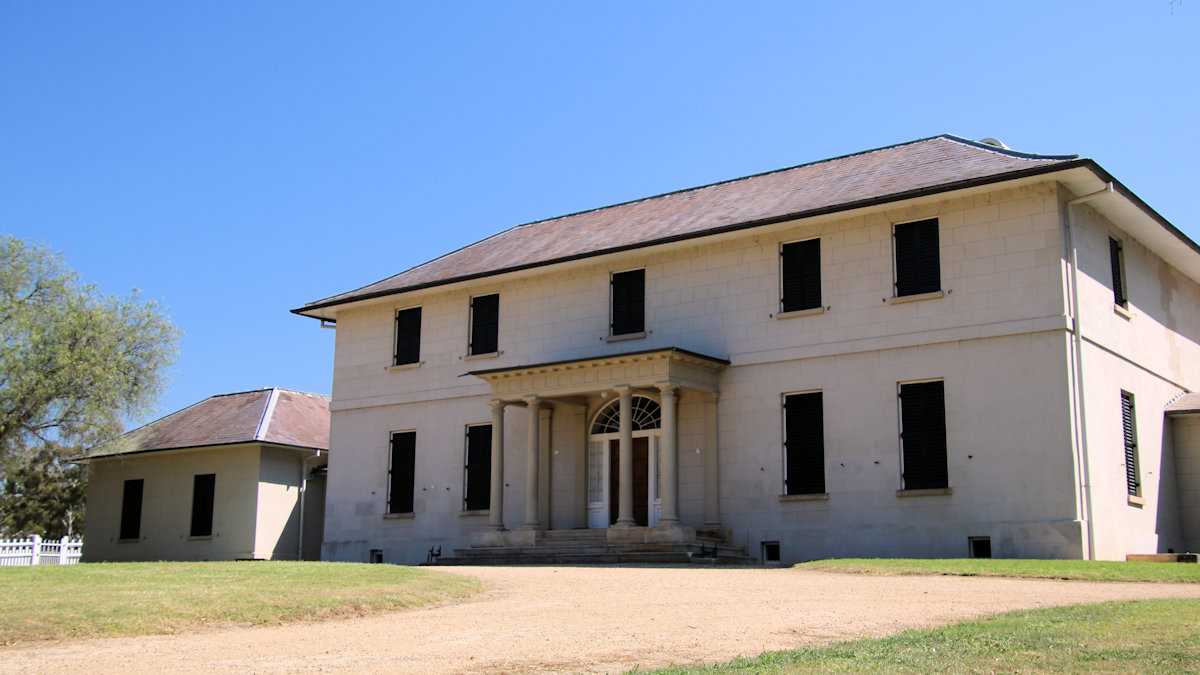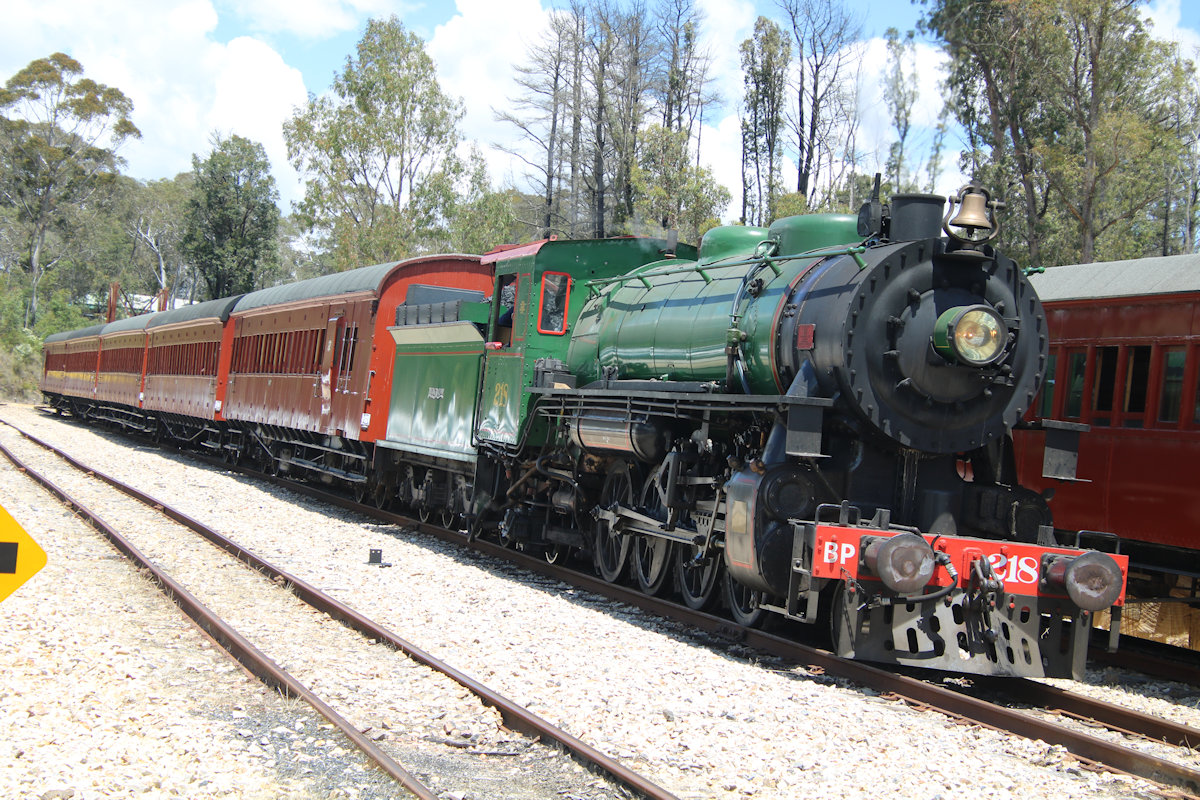Tag: New South Wales
-
Port Stephens Koala Sanctuary

Port Stephens Koala Sanctuary One of the prime attractions in Port Stephens is the Koala Sanctuary. Not only does it allow you to see koalas, but it rehabilitates injured ones, while providing a place to live for those that cannot be returned to the wild. Accommodation An excellent accommodation option for the Port Stephens region… Read more
-
Old Government House and Parramatta Park Australia

Old Government House Parramatta Australia Located on the banks of the Parramatta River, Old Government House is the oldest surviving public building in Australia. Additionally it is an important UNESCO World Heritage listed site, and one of 11 recognised convict sites that tell the story of Australia’s forced convict migration. History of Old Government House… Read more
-
Zig Zag Railway

Zig Zag Railway Blue Mountains Australia Located in the Blue Mountains of New South Wales, Australia the historic Zig Zag Railway is a unique railway, with its zigzagging track and vintage steam locomotives. Offering an experience of travel in the late 19th century, it’s a must do if visiting Sydney. History The Zig Zag Railway’s… Read more